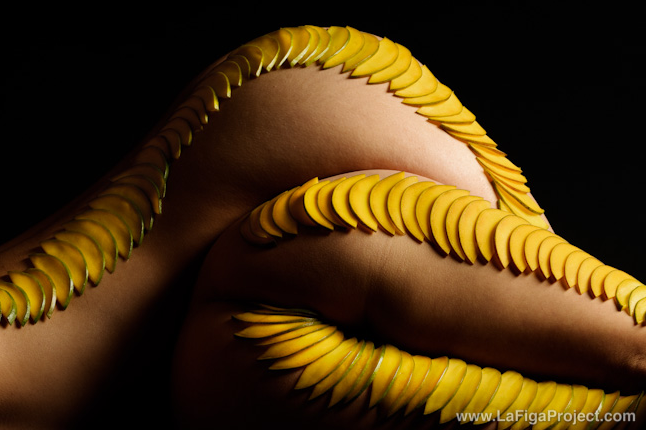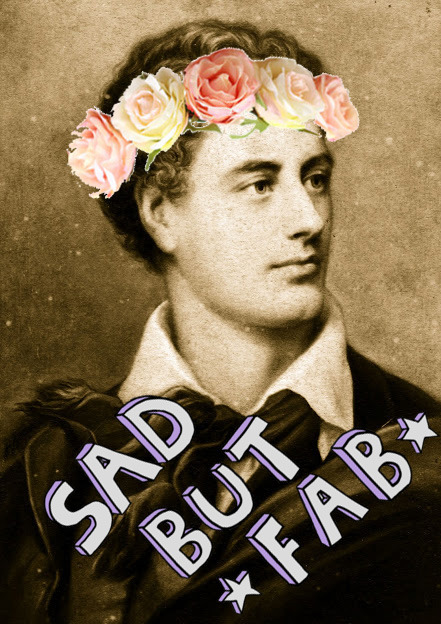John Keats Biography Synopsis
Preface & Chapter 21 by Ariel Richards
Keats gave all the signs of being a naturalist, a creative artist who aims at close representation of nature or reality. (Oxford) This was foretold in the preface of Nicholas Roe’s biography John Keats.Roe tells his readers off the bat that John Keats was flexible in exercising his creative liberty but rigid in presenting himself to the public. “Keats was a compellingly restless presence- at one moment mastering complex Shakespearean sonnets, at another doodling nonsense, then commencing an epic to rival Milton.” (pg XVI) Keats was a multifaceted individual who faced a 19th century society who thrived on categories. This expectation of people being labeled as one thing and expected to be transparent character of all associated with that label caused Keats to have a low opinion of himself and caused him to be more self conscious. In Chapter 21, Repast, Keats’ skills in imagery are emphasized and how symbols travel from artist to artist along with their theme. “Keats had known about Libra since his schoolboy reading in Bonnycastle’s Introduction to Astronomy, and in autumn 1819 Libra’s scales also appeared in images of Peterloo. At the Manchester meeting banners had depicted Justice bravely brandishing her scales;”(p.356) This greatly contrast with the artist in general whose health fluctuated like his artwork. His letter writing wasn’t as detailed as his artwork and muddles the image of who was John Keats even further.
An equinox is one of the two periods in the year when the days and nights are equal in length. (Oxford) This is relevant because Keats spent his life in equal portions bright, nourishing and inspiring as well as morose, leeching and spreading misery. During his sunny moments Keats composed, The Fall of Hyperion, The Cap and Bells, Otho the Great and King Stephen, in this point in time Keats was on fire. However he wasn’t snuffed out by poor reviews or a broken heart. Rather by ignoring his health for his art. While running back and forth to deliver his works he caught a pulmonary infection during a chill that seized London January 1820. The sun had set and the moon rose in Keats professional and personal life. Right after meeting a liberal lady by the name of Fanny Brawne, who like him was seen as poor company for they did not fit the desired categories of good health, good company or good fortune. His ailment made it even more difficult to woe her for what woman would want a man in poor health, which made him poor company and due to his inability to create new content continued his poor fortune. While over the moon about Fanny, Keats became a jealous lunatic who insisted his friend, Brown was involved with his infatuation. His health like his artwork was deemed not worth consideration for it did not fit current views at the time. John Keats had doctoral experience and knew he had a pulmonary infection and yet still his physician Dr. Bree insisted his weak constitution was due to his sensitive feeling due to the onslaught of poor review. During his moon moroseness Keats came upon epiphanies that reality mimicked fiction. “…February messages, poignantly associating Fanny Brawne with Wordsworth’s orphan Alice Fell, whose grief stricken sobbing could only be pacified by a warm cloak of ‘duffill’ grey.” (p. 362) The moon sets with Keats’ review fueled death and the sunrises in Chapter 22.
(Chapter 22 Pt 1 by Ariel Richards) Keats’ ailment is speculated upon, was it severe due to stubbornness to complete his literary ambitions or a refusal to be quarantined? One word keeps repeating itself in regards to Keats, cockney. Cockney is a child that sucketh long according to Oxford English Dictionary, but in the context of the critique was slang for spoiled brat at the time. Keats masculinity is called into question constantly and though how his engagement occurs is brushed over between chapter 21 and 22 there is a continuity in regards to his jealousy. Keats base on his artwork and his actions saw love as a temple whose accepted offerings was taking solace in one’s lover alone. Fanny Brawne based on her actions disagreed and while he was working in his sunny moments of literary inspiration it was eclipsed by the paranoia that Fanny was unescorted, desirable and most likely being mooned over. “…a dreadful reversal of the usual pattern-…-that men forget women more easily because they can occupy themselves with the world while women live uiet, confined lives.”(p.368) Socially and professionally assaulted Keats carefully selected which of his works went out into perfect in hopes he would make a mark in literary society despite negative review.(Chapter 22 Pt 2 by Kristy Paz) Keats wanted to end his book of poems which included “Lamia, Isabella, The Eve of St Agnes, Ode to a Nightingale, Ode on a Grecian Urn, Ode to Psyche, Fancy, Ode [‘Bards of Passion and of Mirth’], Line on the Mermaid Tavern, Robin Hood, To Autumn, and Ode on Melancholy.” We were lucky enough to read these poems by Keats however, it was interesting to learn that Roe states the following words, “That Taylor and Hessey added ‘Hyperion’ as a final poem destroyed the coherence of the twelve-poem volume that Keats had projected” (373). It is a bit surprising that the man that wanted to break rules and create a new way of writing sonnets, was being overridden and not taken seriously by his publishers. The poem “Hyperion” was included against his will in the volume of poems he had created and the publishers has prefaced the book with words he had not approved! Keats wanted to clear to all his readers that the message provided in the preface was not by him and that it was his publishers who did all these decisions while he was ill.
Chapter 23 by Kristy Paz
Keats obviously was in loved with Fanny Brawne and they had a lot of letter exchanges until there was one exchange to whom he felt very bad for because he received the letter opened inside Hunt’s house, which Keats was temporarily living in. When this occurred, Keats went to see for Fanny Brawne and do to this “dreadful condition” she took him in. Keats felt those were the happiest days of his life. While in his new temporary home, he wrote a letter to Brown in Scotland which contained a “secret” (376). Part of the letter where the secret should be stated, was published but Brown omitted the part where the secret should have been written. Roe mentions possible reasons why Brown would have omitted the “secret.” The possible reasons would be the following: 1) the secret involved Brown (2) Keats probably apologized to Brown for mistrusting him about a possible suspicion against him with his love, Fanny Brawne (3) Sexual frustration [a topic that shouldn’t really be revealed] caused Keats his own disease (4) Inner disorder that Keats had since Brown does show that Keats stated in regards to the secret that it was something “not easy to pull out.” However, Roe states that he personally suspects that he must have revealed to Brown that he had a venereal infection which he tried to cure with Mercury and that now blood was flooding his lungs. Later on in the chapter, Roe begins discussing how the illness that Keats had was killing him and was making him sad and had him feeling dreadful, wishing for death to just come rather than him suffering and thinking about leaving his love, Fanny Brawne alone. “I wish for death every day and night to deliver me from these pains” (381). However, Keats later on goes on a ship named Maria Crowther to seek for better help for his medical condition and while in this ship he writes various letters and here is where Roe starts breaking down where the sonnet “Bright Star” had been written. The sonnet had been published in a collection of poems titled, “1806 Poetical Works of William Shakespeare” however, Severn knew it was not published then, and much rather there is an examination of how the inspiration for the poem came about while in the ship. Keats obviously is very ill in this chapter and he is having less time. When Keats seems to feel better everything rumbles back down.






Leave a Reply